Albino Weed And Other Reasons Behind The White Color Of Your Cannabis
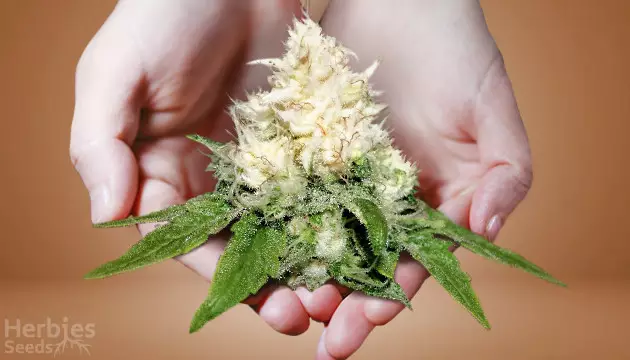
If you’ve ever seen photos of all-white weed, it’s hard to deny how strikingly beautiful it looks. For years, cannabis enthusiasts and breeders have been trying to obtain weed in a variety of colors – purple, blue, red, even black. When it comes to white weed, it may be gorgeous to look at, but its reason for being such a pure white might surprise you.
What Is Albinism In Plants?
Albinism is a condition classified as the loss of pigmentation. In plants, however, this could be detrimental to a plant’s survival, as a lack of pigmentation means a lack of chlorophyll. Chlorophyll is a special pigment in plants that absorbs ultraviolet rays from the sun, and is what causes plants to be green in color. It’s an active player in photosynthesis, so without chlorophyll, plants have no way of absorbing sunlight and receiving proper nutrients.
So, Is Albino Weed Real?

Although many photos can be found on the Internet of albino cannabis and white weed strains, the survival of an albino marijuana plant is most likely a myth. Without a sufficient amount of chlorophyll, it’s unlikely that an albino plant could live long enough to produce buds of any sort. Albinism in cannabis is, essentially, a genetic defect that will hinder the growth of your plant. Even if an albino cannabis plant could survive and produce flowers, the buds in question would have very low THC due to the lack of nutrients it received during its growth.
White Cannabis: How Is It Possible?
White cannabis does not always occur because of a genetic trait like albinism. Instead, it can occur due to many other factors such as light bleach, powdery mildew, or as a side-effect of cross-breeding strains.
Light Bleach
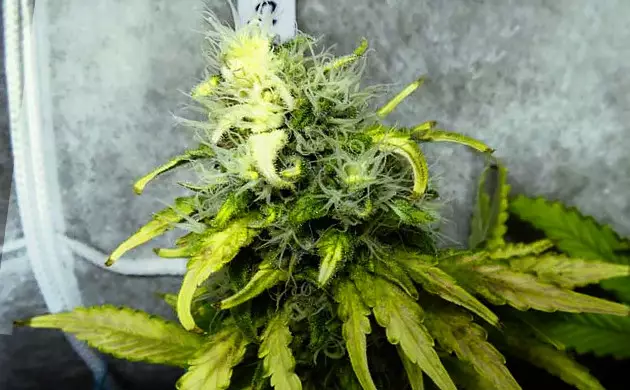
If you notice parts of your cannabis plant turning white or pale, it could be a sign of light bleaching. This condition occurs when plants are overexposed to intense, direct light – especially at high temperatures. Discoloration typically appears on the top branches, leaves, and buds, as these areas receive the most direct exposure to artificial light. Light bleaching is rare in outdoor grows and is almost exclusively a symptom of indoor cultivation under powerful grow lights. Want to know how to prevent or fix light damage? Check out our full guide on dealing with light burn.
Powdery Mildew
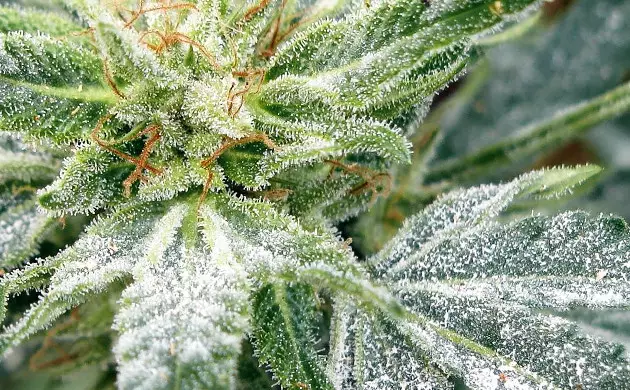
Sometimes, your so-called albino weed could be due not to albinism, but rather to something more deadly to your plant such as powdery mildew. If your plants have no genetic defects to your knowledge but are producing all-white weed, they could be infected with a fungus that’s very unhealthy to smoke and deadly to the survival of your plants. You can tell it’s powdery mildew from the unpleasant smell and its powder-like appearance on the buds, stems and leaves.
White Strains
There are many strains of cannabis that are bred to grow white weed buds. These strains are not carriers of the albinism trait, but are bred to have prominent white-colored crystals of resin form on their surface. The most famous white weed strain is probably White Widow, a cross between a Brazilian Sativa and an Indian Indica, and which is characterized by its all-white weed buds and prominent crystallization.
Albino Weed? Think Again
Next time you come across some all-white weed, you might need to think twice before you decide to consume it. There are a variety of reasons why weed can appear white in color, with albinism being the most interesting but rarest of them all. So, unless your weed has been purposefully bred to appear white in color, you might want to steer clear and stick to the good ol’ green stuff.
Herbies Head Shop expressly refuses to support the use, production, or supply of illegal substances. For more details read our Legal Disclaimer.


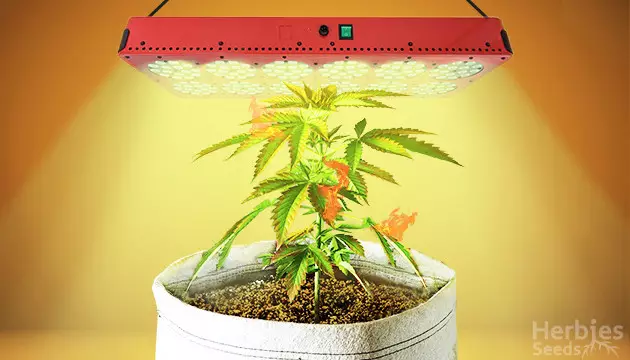



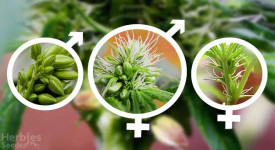

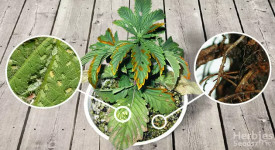
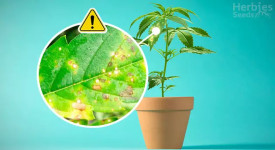

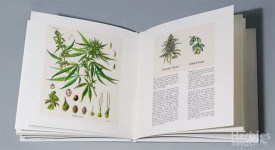
Thank you for leaving a comment for us!
Your feedback will be posted shortly after our moderator checks it.
Please note that we don’t publish reviews that: